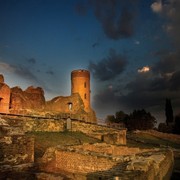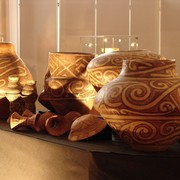Verezzi, the village
From the parking lot of the village (at the end of Via Nazario Sauro) take the cheerful lane between the stone houses leading to Piazza Sant'Agostino, which is dominated by the church of the same name. It is a beautiful, gray-pink terrace that extends to the sea. You can enjoy the view over Borgio and the headlands to Capo Mele. Imagine the charm of the theater festival, which takes place here since more than 50 summers between sky and sea! A view of the stone church of Verezzi, and you slip under the vault of Via Roccaro, which leads to the next hamlet.
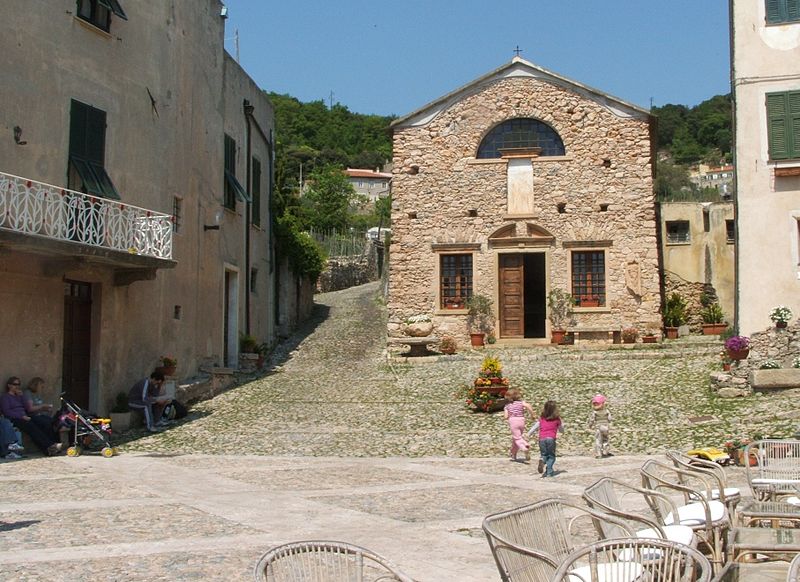
[Credit Twice25]
Verezzi, the village of Roccaro
You walk along stone walls that overlook green vegetable gardens and fragrant gardens; on the right an old washhouse. At the intersection, go under a portico to the left, and look back to take an unexpected sight of the white chapel of the Immaculate. You return to the crossroads. However, before taking the Via alla Torre, follow the rocky ascent that leads to the asphalt road, continue on Via Ortari a few meters to the left and look out onto the panoramic terraces cut out in the blue ... On the paved road, a path on the right (at the height of the sign Via alla Torre - Crosa) makes it possible to cut the hairpin, and brings you directly in front of the small Cappella dei Campi, which is surrounded by a small garden. An inscription in the architrave dates from 1606 (but there was an older one). Cross the parking lot in front of the church and enter the village of Crosa.
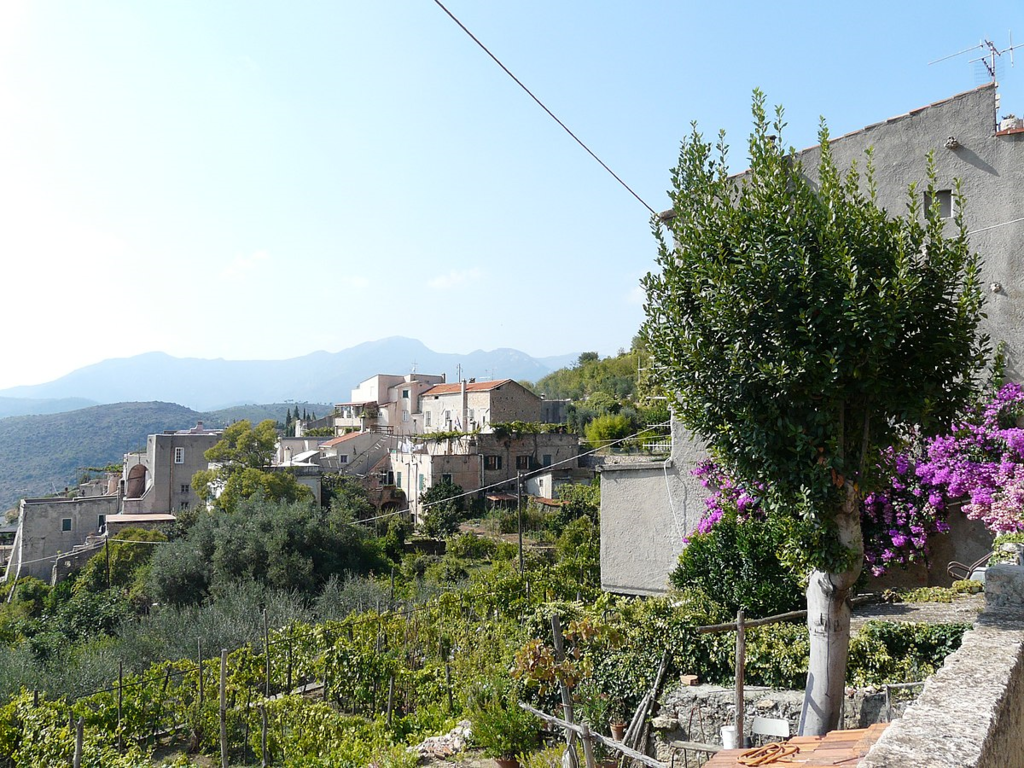
[Credit Davide Papalini]
Verezzi, the village of Crosa
The asphalt returns immediately paved. You go directly between the houses and leave on the right a niche with Madonnina. Soon you reach the old washhouses where Riccardo does not hesitate to start the water pump immediately. It still works! In fact, a resident just seems to have finished with the washing of the laundry (!) ... You follow her, as she takes the stony slope and slippes into a gate. Instead, while you admire the ever-widening panorama, you go to a cave called Arma Crosa, an ancient karstic cave. It is impressive to imagine it as a human home for tens of thousands of years and in many different climates ...
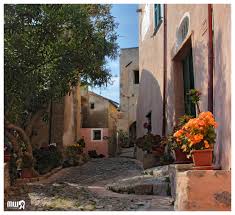
[Credit Flickr]
Verezzi's Dolmen
The ascent transforms into an earthy path in the forest. At the fork, turn left and follow the signs to the megalithic dolmen (circular sign and red rhombus). In ten minutes you reach a small clearing with a descriptive board, which presents the dolmen (III-II millennium BC) as unique in the area. The dolmen is easy to recognize.
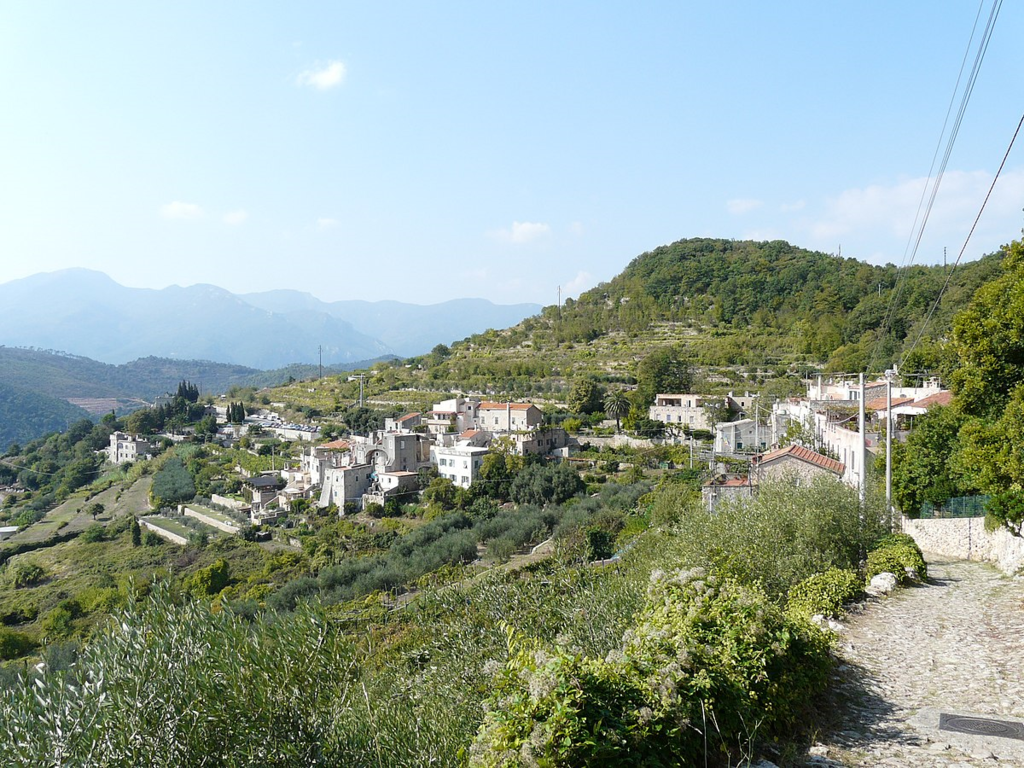
[Credit Davide Papalini]
The Cross of the Saints, the Phoenician Mill
Back at the fork, continue towards the Church of San Martino. On the way, at a resting place, one encounters the stone Cross of the Saints, which was set up in the 17th century by the Capuchin brothers (returning from the Holy Land) directly on the edge of the old cliff. From here you can admire all four villages of Verezzi at a glance! A little further on, you come to the Phoenician mill. It does not get great maintenance... but it seems that there are only two others in Europe (in Sicily and Spain) and worse! Curiosity: This is how the mill worked: the tower was equipped with 8 windows that were opened or closed to direct the wind inwards. Here, a vertical mast with sail blades transferred the rotary motion via wooden gears to a stone mill.
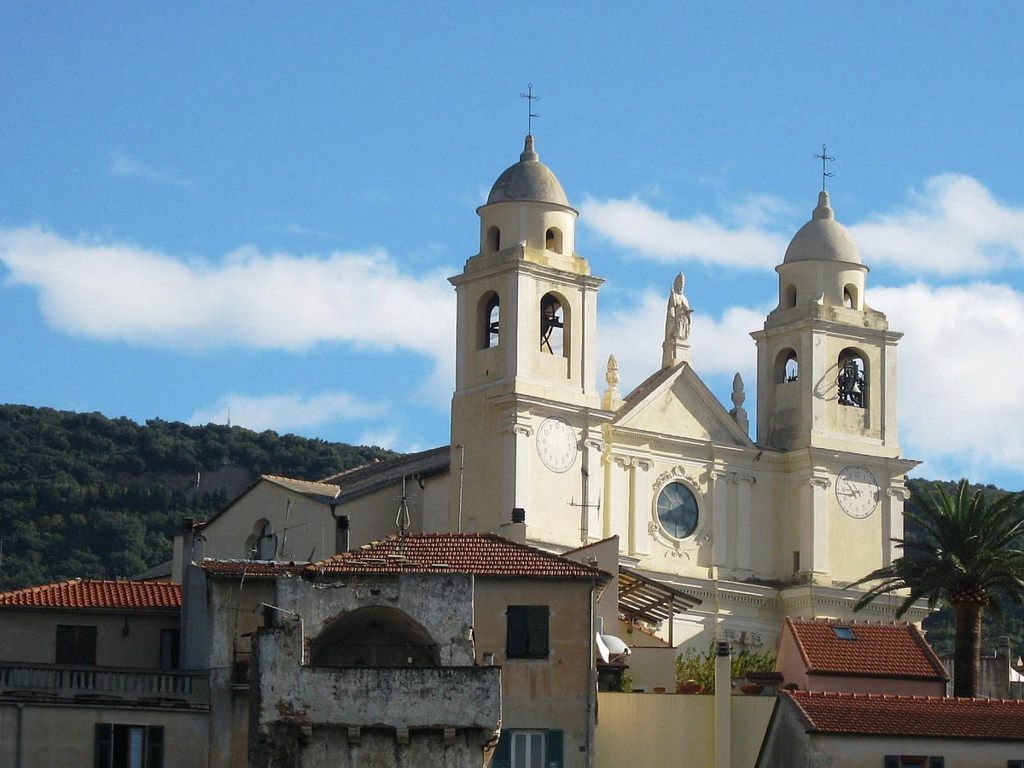
[San Pietro Apostolo, credit Hans1967]
The churches of Verezzi and the bell
A few more steps and here you are on the large panoramic terrace in front of the two churches, the parish church of San Martino Vescovo (stone pulpit of Verezzi) and the sanctuary of Maria Regina Mundi. It is impossible not to enjoy the tranquility of the place sitting on the wall. Or placed at the wooden tables of the picturesque guest house, which was built in the old, already existing church. On the side, lonely, the mother bell, which plays every evening at 7 pm in memory of the mothers and the small community cemetery, which is now closed, with the precious grave of the Cucchi (natural stone portal of Verezzi). Curiosity: The Verezzi stone is a reddish variant of the Finale Stone. It was formed by compacting sand and limestone parts of crustaceans, shells, sea urchins, starfish, corals and shark teeth at the bottom of a 25 km lagoon of 25 million years ago. The lifting of the seabed, accompanied by water abstraction, has produced the stone that man has used since ancient times as a decorative and cutting stone.
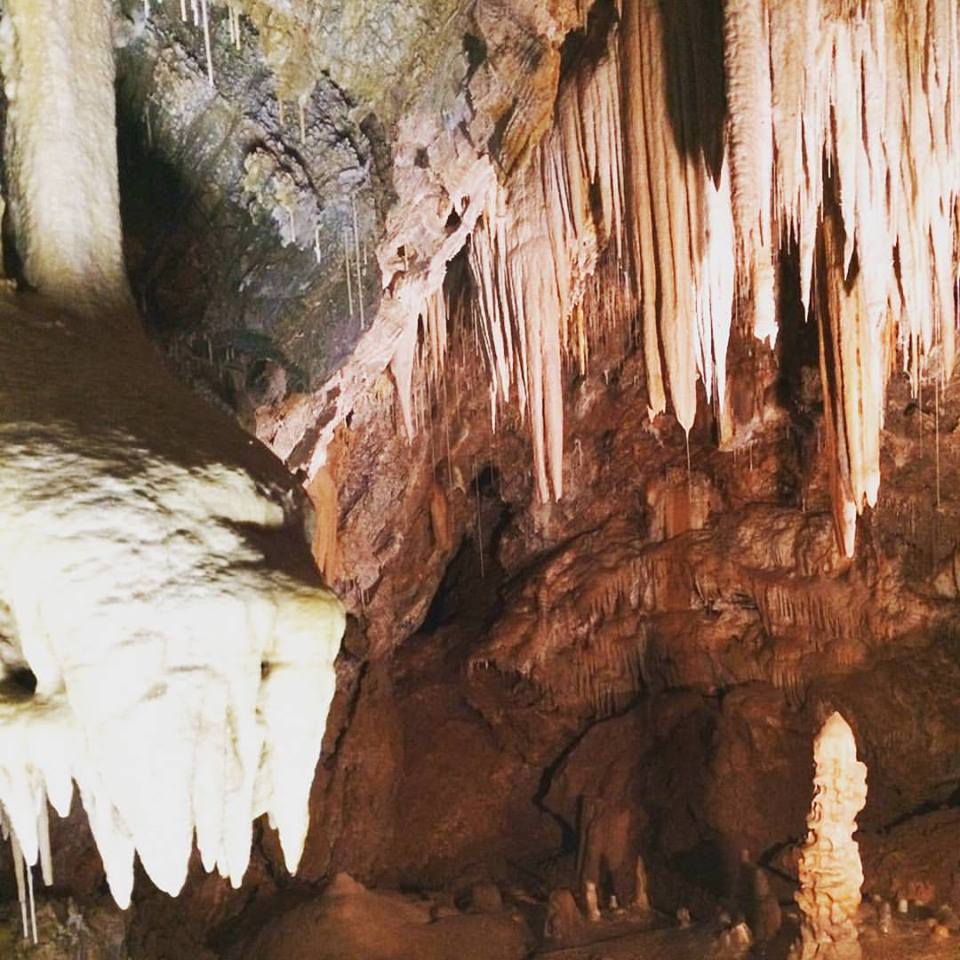
[Caves, credit Facebook site]
Caves!
A few minutes east on Via da Ciappa leads to an old building and a beautiful pink cave. It looks like the entrance to the tunnel of a miniature Petra! The caves are an underground beauty treasure, not to be missed!

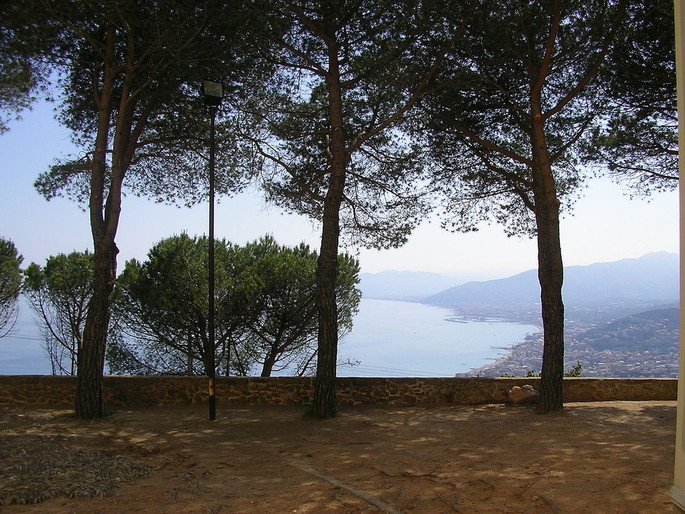
















![Hanbury Gardens, itineraries for everyone all year round [Videos] Hanbury Gardens, itineraries for everyone all year round [Videos]](https://www.italyrivieralps.com/typo3temp/pics/g_a7708c6a79.jpg)



